I must admit, I’m a sucker for motivational sayings. They energize, center me, and put things in perspective. One of my favorites is, “In life, you don’t just get to sit on a beach drinking apple martinis.” In other words, the good things in life can (like a vacation or fantastic training) be earned only through hard work.
And I have worked hard. So has my wife – this year she said she really wanted to go to Hawaii. This was probably the first time she truly wanted something and I wanted to make that happen for her and for us. I had a new job, new life, and new perspectives; we’re going to Hawaii! We’ve earned that apple martini on the beach.
As we moved toward our vacation, I started having feelings of déjà vu. I soon realized it was because it felt similar to experiences in my professional life! Here’s what I mean:
Anticipation
Christmas rolled around and it was time to buy our plane tickets. We needed to set a date. Now we were no longer wishing, thinking or discussing. Taking an idea from abstract to concrete changed everything. We now had something to look forward to. In two months, Hawaii was going to happen.
I was amazed at the effect it had on our daily lives. Every day was one day closer to our trip. Instead of talking about what was for lunch or what to do on the weekend, we were talking about we needed to pack and what we were going to do when we got to Hawaii. It felt like we had a lot to do to make sure everything went smoothly, so we were busier, but excited. Our trip was having a positive impact on our lives, even before it happened.
The familiar feeling made me think about the training events I create. Setting training dates has a similar effect. Whether you are the one developing the material or attending the course, putting the date on a calendar crystalizes your thinking. Preparation amps up and deadlines feel more real as everyone watches the calendar tick closer to the big day. It creates a sense of excitement and urgency that doesn’t exist until you have a concrete plan.
Partitioning
As our vacation neared, we made detailed plans. We would have six days on the big island and a lot of things we wanted to do. We planned our days to maximize the fun and relaxation. The big events got the highest priority, so the volcano, the beach, and the observatory were scheduled first.
Then we looked at what we could do around those priority events. We wanted time at the beach, and Hawaii has some of the best snorkeling beaches in the world, so snorkeling seemed a good add-on. We had the volcano day booked and found some sights to see on our path back to the hotel. There were some things we simply didn’t have time for; we put them in the “next trip” bucket. Each day became a container we filled with the experiences we most wanted to make to make lifelong memories.
Optimizing my time comes naturally, after years as an instructional designer. Tight training plans are essential for my clients. We know how many days we have to train, how many people we need to move through, and how much of their time we can have each day. For instructor-led training, we block critical learning objectives into training modules, and high-priority training modules into the day. We slot supporting objectives and modules around the essentials. Objectives with the lowest criticality might be delivered at different times or using different learning methods. Some might fall off the plan altogether, depending on the organization’s or learner’s constraints, but we keep our eye on the most critical outcomes.
Intensity
Departure day finally came. We had been anticipating and preparing for months, and we knew this is our time. As expected, Hawaii delivered. Even though we had carefully planned the trip, it was surprising – the real-life experiences and unexpected moments were better than we had imagined. The images in my mind — watching a sea turtle swim around my daughter, or listening to an astronomy lecture with my son at the Kīlauea volcano – make memories I’ll carry forever.
Can training create a lasting effect? When you think about the last Instructor-led course you attended, what do you remember? Do you remember the hotel? Do you remember all of the content? It’s probably the high and low points that stay with you – the moments of clarity when something just “clicked,” the activity that made everyone laugh, the spots where you were frustrated and needed help, or the activities where your team worked together to practice something you’d need on the job. Our minds are hard-wired to capture the most intense moments – whether we are in training or on vacation.
The Peak-End Rule
This pattern that works so well for us – anticipation, partitioning, and intensity — is called the “Peak-End rule.” If we understand it, we instructional designers can use it to our advantage.
We can design events that build anticipation, helping learners look forward to the day they get together to try out new behaviors or a new system. We can structure our courses carefully, keeping focus on the most important behaviors — to the individual and the organization. We can build in intensity – challenges, victories, surprises — that fix the experience in people’s minds and help them take those memories forward to their daily lives and jobs, well after the course is over.
You probably won’t be sipping apple martinis on the beach during your next training course, but perhaps you can bring elements of a vacation into the classroom, creating a positive and memorable experience for participants.



